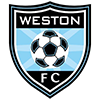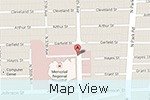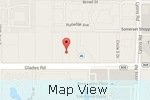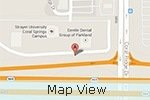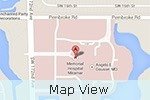Sports Hernia (Athletic Pubalgia)
Sports Hernia, also known as Athletic Pubalgia is a condition of overuse injury caused by excessive strain on the muscles and tendons of the lower abdomen or groin area. It is common in athletes who participate in sports such as soccer, hockey, football, and tennis.
Sports hernia is a soft tissue injury caused due to tear or stretching of the muscles. This often occurs during sports or activities that involve twisting, overextending, landing from a jump incorrectly, and abrupt change in direction or speed of movements.
The major symptom is chronic debilitating pain in the lower abdomen or groin area that is aggravated by activities and is relieved by rest. There is no visible bulge or swelling beneath the skin with sports hernia.
The diagnosis of sports hernia is based on the patient’s personal history, comprehensive physical examination, and diagnostic test results. Your doctor may order a MRI scan to rule out other causes of pain.
The treatment options vary depending upon the severity of injury and include:
Non-surgical
- Rest: Avoid activities that worsen the symptoms.
- Ice: Applying ice over the injured area may help reduce pain and inflammation.
- Medications: Your doctor may prescribe NSAIDs to relieve pain and make you feel comfortable.
- Physical therapy exercises to improve the strength and flexibility of the affected muscles.
Surgery is indicated only when the conservative treatment measures fail to relieve the symptoms. Arthroscopic or traditional open technique may be employed to repair the deteriorated muscle or tendon of the lower abdomen or groin area.
-
Personalized Physical Therapy Puts Bryant Back on the Court
Bryant could hear the whistles blowing as he walked by the gymnasium.
View more -
No off-season for sports injuries
As a new season of school sports and youth leagues gets underway,
View more -
Student Athletes Benefit from Individualized Treatment at U18 Sports Medicine
Becoming involved in a sport is one of the healthiest things that a child can do.
View more -
For young athletes, injuries need special care
More programs are using procedures and surgical techniques tailored for kids.
View more -
Dr Frank u18 Tip 1
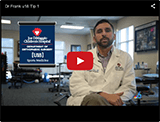 View more
View more -
Segment U18 Tip with Dr Frank 1
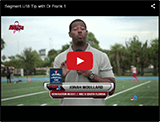 View more
View more -
Dr. Frank’s 2010 WQAM high school football game halftime interviews
View more

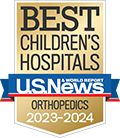


 Menu
Menu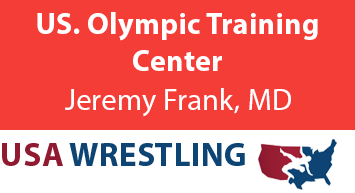






 In The News
In The News Hollywood Office
Hollywood Office

![[U18] Sports Medicine](https://www.kidbones.net/wp-content/themes/ypo-theme/images/u18-sports-medicine-performing-arts-logo.png)
